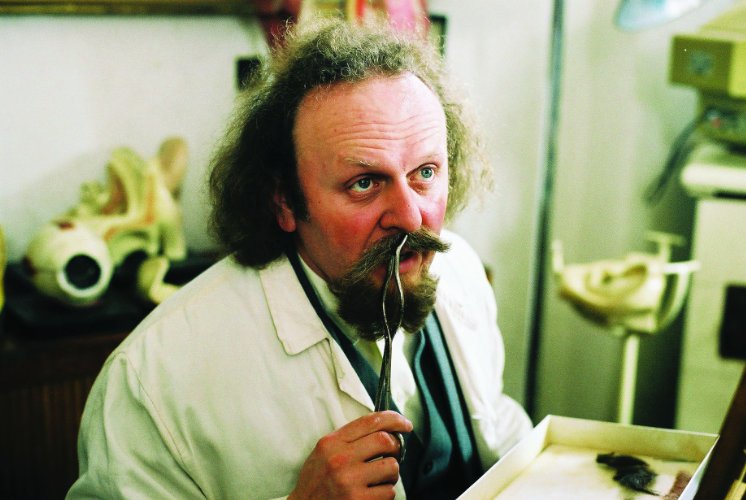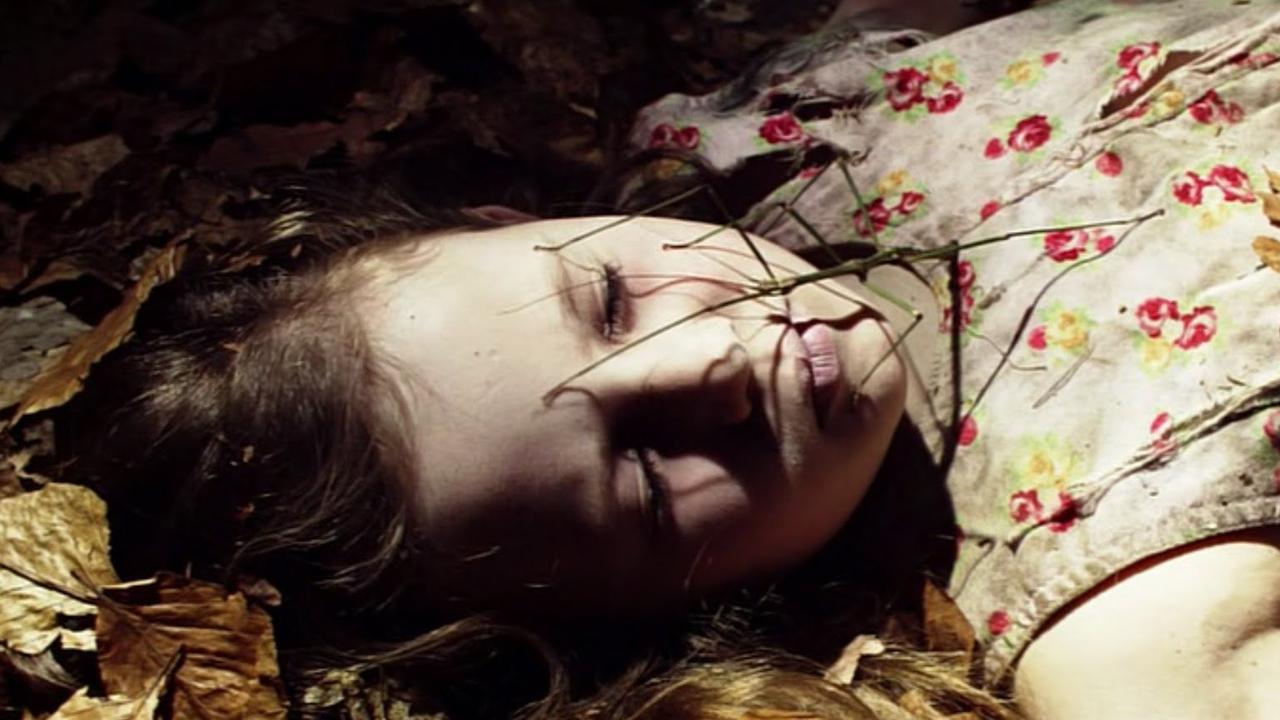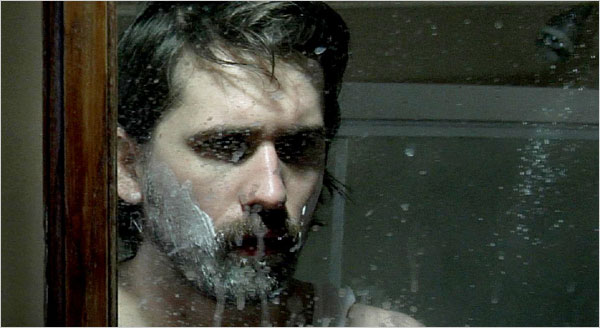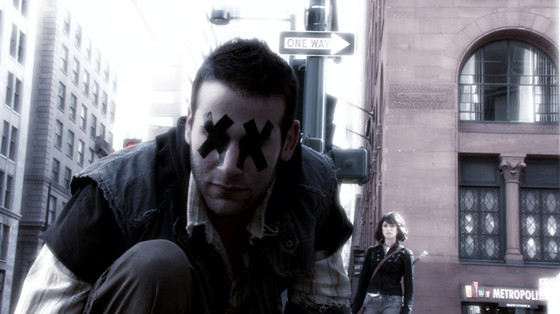6. Lunacy (2005)

The Marquis de Sade has been a figure of long-running fascination in the art house scene: from his writings inspiring the widely condemned Salo: 120 Days of Sodom to Geoffrey Rush’s portrayal of the mad nobleman/writer in Quills, de Sade’s been a figure of disgust and illicit interest in movie history.
Even in Lunacy, where a mental asylum inmate claims to be the Marquis himself, the sadist’s inspiration seems inescapable. This is what a young man named Jean finds out as he is institutionalized and comes across this inmate who–true to his word–lives just as de Sade would, including believing and behaving as if he’s in 19th century France.
But the asylum itself seems little more to be an experiment, where the doctors hold people that they claim will be insane one day in the future and are trying to treat them before this happens. But how much of this is in Jean’s mind, and what is the true nature of this asylum?
Part original story and part Edgar Allen Poe, Lunacy comes from the singular talents and mind of Jan Svankmajer, a frequent director that shows up on “most bizarre” lists, whose grotesque and unusual visual style is on full display throughout the film. Taking a page from the Marquis, Svankmajer employs his unusual talent for the macabre to create a world of hallucinations, paranoia, and pure lunacy.
7. Black Night (Nuit Noire) (2005)

The world has plunged into eternal night, and entymologist Oskar finds his own ability to hold onto what’s reality as his dreams become more nightmarish, involving half-buried children and murder.
Not that there’s much for him to hold onto while awake: determined to remain solitary in life, he works by day in a museum where he avoids all social contact, especially with women who seem to terrify him. But one day he finds an African woman asleep in his bed at home; she dies, however, and he has to figure out what to do about the body. We glimpse old footage of his seemingly happy childhood and Africa, and of his sister, who seems to be the young dead girl in his dreams.
But what to make of all of this–a world of permanent night, of disturbing dreams, and a protagonist who can’t seem to make sense of any of it himself? Whatever it is “about,” it’s an interesting think piece that’s a mixture of David Lynch and Franz Kafka. Featuring stunning visuals and a truly creepy tone, Black Night’s for fans of arthouse cinema who enjoy puzzling together potential meanings of films themselves rather than have the narrative spell it all out for them.
8. Taxidermia (2006)

The tale of a family over three generations is the subject of Taxidermia, a completely insane movie that will surely interest fans of the Terry Gilliam brand of surreal imagery and black humor.
Starting with the lowly orderly of a lieutenant who has difficulty discerning reality from fantasy, then following his son who goes on to be a champion speed eater, before finally settling on his son, who grows up to be a taxidermist, Taxidermia is a family history told by a maniac and depicted by someone who seems to be violently hallucinating half the time.
Of course, this is what makes it such an interesting film: the striking visuals tell a story all their own, suggesting that this family is worth detailing precisely because of their oddness. By the time the taxidermist son is grown up, his father has become monstrously fat to the point that he cannot even leave his apartment.
Meanwhile, the taxidermist son is a thorough outcast and seeming failure in life. How the film concludes is itself so bizarre that it’s worth watching just to see where it ends up. But what it’s trying to say–about families, fathers and sons, and how we end up being who we are–is a curious puzzle that the viewer will be turning over in their mind for some time afterwards, as well.
9. I Can See You (2008)

Corporate retreats are never fun: being forced to spend time with people you work with can be awkward at best and disastrous at worst. This is what the team of the Clara Clean Corporation find out when they set out to camp for a week and come up with a new advertising campaign to cover up a recent scandal that’s occurred. In isolation, the team attempt to come up with some new ideas but find madness instead.
Following the perception of Ben Richards, one of the members of the corporate party out in the woods, the film starts off relatively straightforward before plunging into an extended nightmare that kicks off with a musical number and ratchets up the intensity with atmospheric noise and slow dissolves as the final act of the film is one long affecting hallucination.
As unique as it is truly disorienting, I Can See You is a strong debut feature from Graham Reznick (who has since gone on to a relatively successful career as a horror director), who takes an inspiration from David Lynch’s work and makes something all his own. If only or the last half when the technical editing mastery begins, cinephiles should take the time to watch I Can See You to see how good digital filmmaking can be.
10. Ink (2009)

In Ink, dreams are controlled by beings from another plane of reality. These beings are from the deceased on Earth are split into three categories: Storytellers (who provide good dreams), Incubi (who cause nightmares), and Drifters (spirits in limbo who cause neither). One night, a Drifter named Ink steals the soul of a young girl named Emma and attempts to make his way into the Incubi layer.
Got that so far? It’s a fair amount of pipe to lay down before Ink can get going, but once it does, it’s an impressive story to watch as the fantastic elements of the story battle each other over Emma’s soul while in the real world Emma’s father finds himself unable to face what’s become of his daughter, who has fallen into a coma. With a masterful reveal toward the end, the story of Ink merges both storylines in one of the better twists seen in cinema in the past decade.
Even more impressive is that this is a next-to-nothing budgeted film: being unable to persuade major studios to provide financing for the project, writer/director Jamin Winans cobbled together the money himself and made the film–which is itself technically impressive and visually creative.
The visuals are strange, the story is even stranger, and the end product is a wholly unique work of art that was obviously a labor of love. Out of all the films on this list, Ink is the one with the most heart–a bizarre heart, to be sure, but sometimes the most passionate ones are.
Author Bio: Mike Gray is a writer and academic from the Jersey Shore. His work has appeared on Cracked and Funny or Die and he maintains a film and TV blog at mikegraymikegray.wordpress.com.